Global Data Warns of Secondary Cancers Linked to CAR-T Therapy, Urging Monitoring
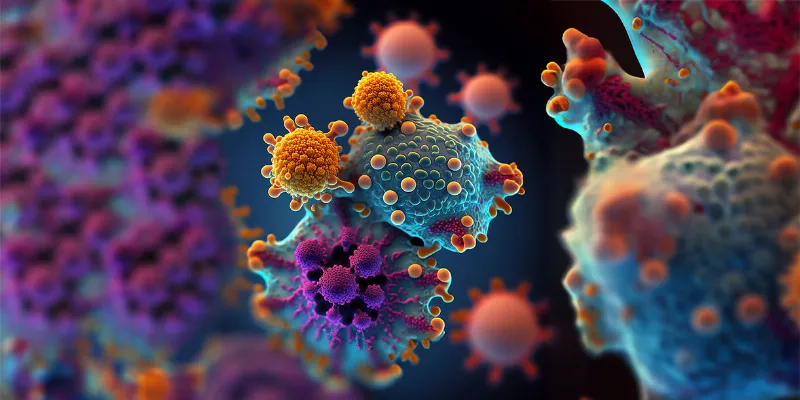

ONCOLife |
31 July 2025
A global study demonstrated that CAR-T cell therapy is linked to significantly increased risks of secondary cancers—8.9-fold for T-cell lymphoma and 3.5-fold for myelodysplastic syndromes. Secondary malignancies appeared earlier, especially in patients under 40. Researchers urge lifelong monitoring and age-specific screening to improve long-term safety in CAR-T recipients.
One of the most comprehensive safety studies to date, published in eClinicalMedicine, reveals that CAR-T therapy may carry a higher risk of secondary primary malignancies (SPMs), especially T-cell lymphoma and myelodysplastic syndromes. Led by Dr. Peng Luo of Southern Medical University’s Zhujiang Hospital, the study analyzed over 600 cases reported between 2017 and 2023 using the FDA’s FAERS and WHO’s VigiBase databases.
A Global Signal Emerges
"CAR-T therapy has transformed the treatment landscape for refractory blood cancers, but we need to understand the full safety profile to optimize patient care," explains Dr. Peng Luo. “Our analysis of global pharmacovigilance databases represents the most comprehensive examination of secondary primary malignancies following CAR-T therapy, covering 607 cases from 2017 to 2023.”
Using disproportionality analysis—a pharmacovigilance method that compares how frequently an event is reported for a drug relative to others—the researchers identified an 8.9-fold increased risk of T-cell lymphoma and a 3.5-fold increase in myelodysplastic syndromes among CAR-T recipients compared to non-CAR-T-treated patients. These signals were consistent across both databases and multiple subgroups.
Crucially, the researchers also observed an alarming trend in timing: the median onset of secondary malignancies was just 282 days post-treatment in CAR-T patients—nearly nine months earlier than in those who hadn’t received CAR-T (median 526 days). In pediatric and adolescent populations, SPMs appeared within just 35 days.
"Until now, our knowledge of secondary primary malignancies following CAR-T therapy was limited to small case reports and retrospective studies. Our approach shows that comprehensive safety monitoring is essential for all CAR-T recipients," said Dr. Jian Zhang, senior author of the study. “We hope that our results encourage clinicians to implement customized screening protocols for different age groups and support the FDA's recent mandate for lifelong monitoring of all CAR-T patients.”
Hematologic vs. Solid Tumors
While hematological SPMs like T-cell lymphomas appeared rapidly, often within months of therapy, the study also detected a slower rise in solid tumors, suggesting different pathophysiological mechanisms at play. The authors emphasize that although the absolute number of solid tumor cases is smaller at present, delayed manifestations mean long-term surveillance remains critical.
Why the Risk?
The biological underpinnings behind these SPMs remain unclear. Potential culprits include insertional mutagenesis from viral vectors used in CAR-T engineering, off-target immune effects, or the immunologic toll of prior therapies such as chemotherapy or stem cell transplantation. Moreover, some of the SPMs—particularly the T-cell lymphomas—could, in rare cases, represent clonal expansions from the infused CAR-T cells themselves. This theory gained traction following the FDA’s November 2023 safety communication highlighting such cases.
A Call for Age-Specific Vigilance
Perhaps most concerning is the age gradient observed in the study. Children, adolescents, and young adults developed secondary malignancies far earlier than older adults. Whether this reflects differences in immune reconstitution, therapy intensity, or surveillance gaps remains an open question—but it underscores the need for age-adapted follow-up strategies.
Rethinking the Risk-Benefit Equation
Despite these findings, experts caution against overreaction. CAR-T therapies still offer life-saving benefits in otherwise terminal settings. But as their use expands into earlier treatment lines—and even solid tumors—the importance of weighing short-term efficacy against long-term safety becomes ever more critical.
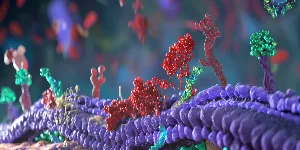


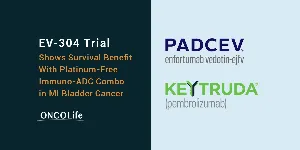


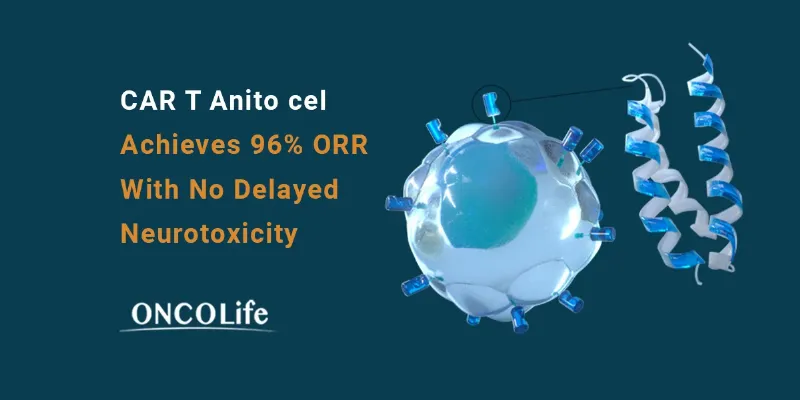

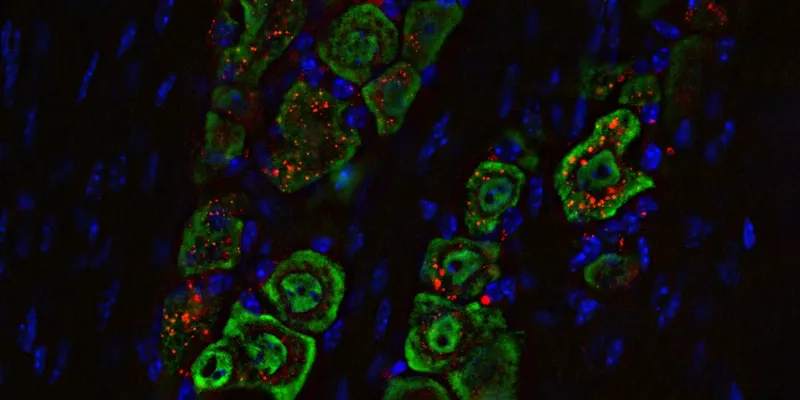

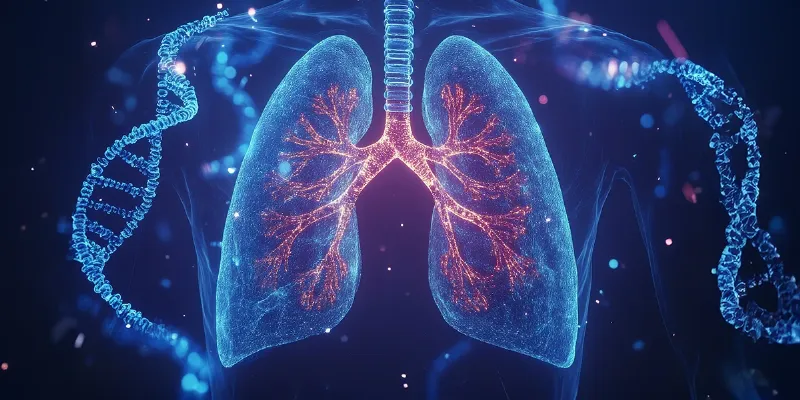
Comments
No Comments Yet!